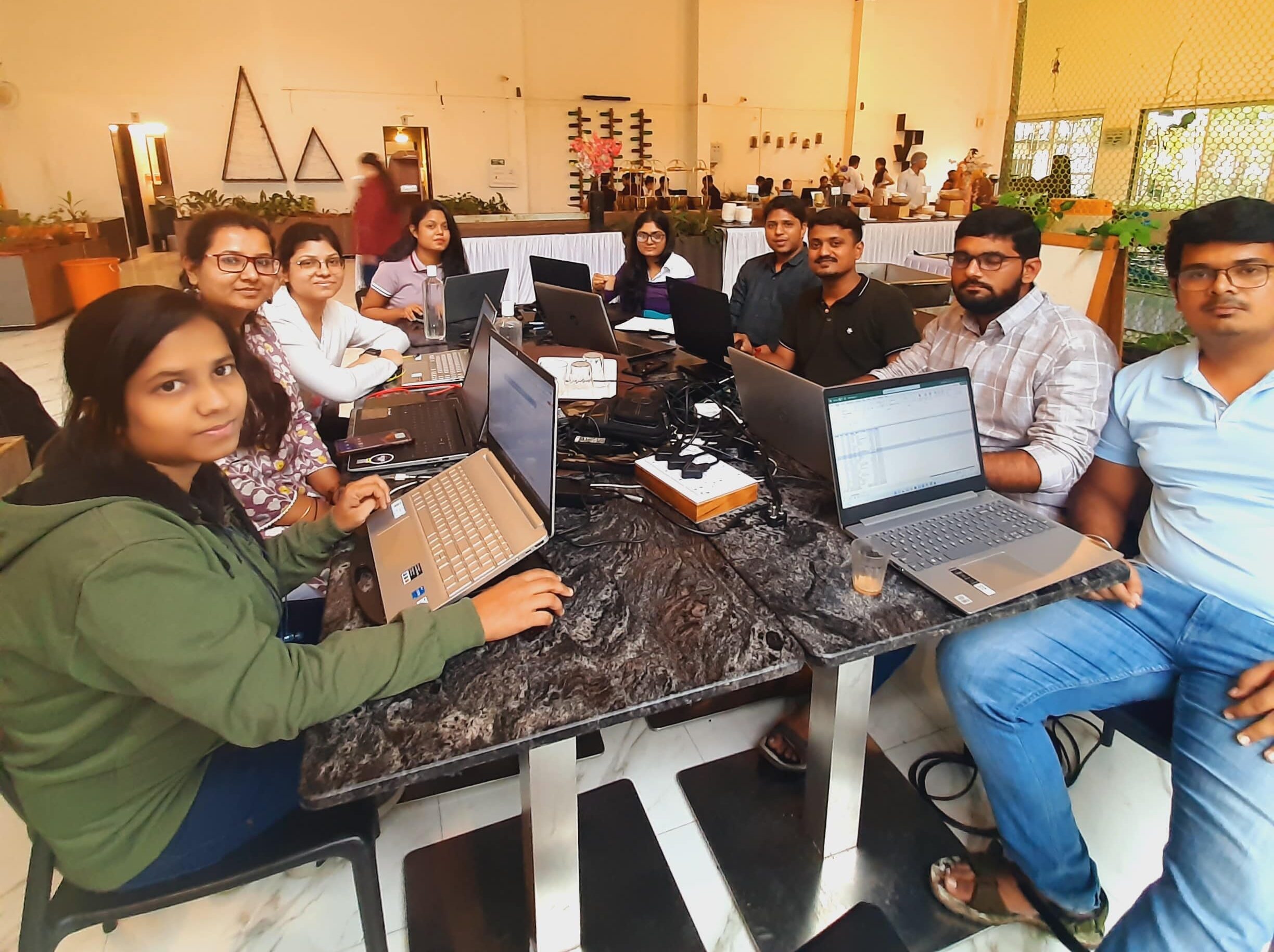
So, you know how work environments these days can be crazy fast-paced and super competitive, right? Well, in the midst of all that madness, there’s something really important we need to talk about: Psychological safety.
It’s basically about how people feel safe within a group. They can take risks, share their ideas, and be vulnerable without worrying about getting slammed for it. And let me tell you, when employees feel psychologically safe, amazing things happen. They bring their A-game, they collaborate like champions, and they grow personally and professionally.

For the very first time, we all were having such a long train journey, and a few things we realized about our co-passengers are, nobody knew that “Earphones” exist. Everybody was playing some random videos on their mobile without earphones. कोई न्युज सुन रहा है, कोई भोजपुरी गाना सुन रहा है, कोई इंग्लिश मूवी देख रहा है,सब कुछ बडी आवाज में. Trust us, we didn’t have this kind of diversified entertainment ever. Seriously, if one more thing that has to be made compulsory in the train after Mask and Sanitizer, it has to be Earphone. On top of this noise going around, चायवालाज in the train with


Understanding Psychological Safety
Psychological safety is the bedrock upon which a healthy and thriving work environment is built. It empowers employees to share their thoughts, admit mistakes, and seek feedback, all of which are critical for innovation, problem-solving, and growth. When employees feel safe, they are more likely to engage in open and honest communication, leading to higher levels of trust, empathy, and teamwork.
Well, how does it benefits the Organization?
Encourages Innovation: Psychological safety provides the necessary space for employees to share unconventional ideas, take risks, and challenge the status quo. This fosters a culture of innovation where diverse perspectives are valued and creativity flourishes.
Enhances Collaboration: When individuals feel safe to express themselves without fear of ridicule or rejection, collaboration becomes more effective. Teams are more likely to openly exchange ideas, resolve conflicts constructively, and work towards common goals.
Supports Learning and Development: A psychologically safe environment encourages continuous learning and growth. Employees are more willing to seek feedback, share their weaknesses, and take on new challenges, leading to personal and professional development.
Boosts Employee Engagement and Well-being: When employees feel psychologically safe, they experience higher levels of job satisfaction, engagement, and overall well-being. They are more likely to bring their authentic selves to work, leading to increased productivity and reduced burnout.
Strategies to Cultivate Psychological Safety
Lead by Example: Leaders play a crucial role in establishing psychological safety. They should actively demonstrate vulnerability, acknowledge their own mistakes, and encourage open dialogue. When leaders create a safe space, employees are more likely to follow suit.
Encourage Active Listening: Foster a culture of active listening, where individuals feel heard and understood. Encourage employees to listen empathetically to one another, asking questions to clarify and validate each other’s perspectives. This cultivates a sense of psychological safety and fosters trust.
Embrace Failure as a Learning Opportunity: Encourage a growth mindset by reframing failure as a valuable learning opportunity rather than a cause for punishment or blame. Celebrate efforts, highlight lessons learned, and encourage employees to share their failures and subsequent improvements.
Foster Inclusive Communication: Create channels for open and transparent communication, both in team meetings and through digital platforms. Encourage diverse opinions and ensure everyone has an opportunity to contribute.
Provide Constructive Feedback: Offer feedback in a constructive and supportive manner. Focus on the behavior or outcome, not the individual, and provide suggestions for improvement. Employees should feel that feedback is given with their best interests in mind, enabling them to grow professionally.
Establish Clear Expectations: Clearly communicate expectations regarding performance, behavior, and goals. When employees understand what is expected of them, they feel more confident in taking risks and expressing their ideas. Provide guidelines and resources to support employees in meeting these expectations.
In conclusion, fostering a culture of psychological safety within the workplace is paramount for employee well-being, creativity, and productivity. By creating an environment where individuals feel safe to express their thoughts, take risks, and collaborate without fear of judgment or retribution, organizations can unlock the full potential of their workforce and cultivate a thriving, inclusive, and resilient workplace.





